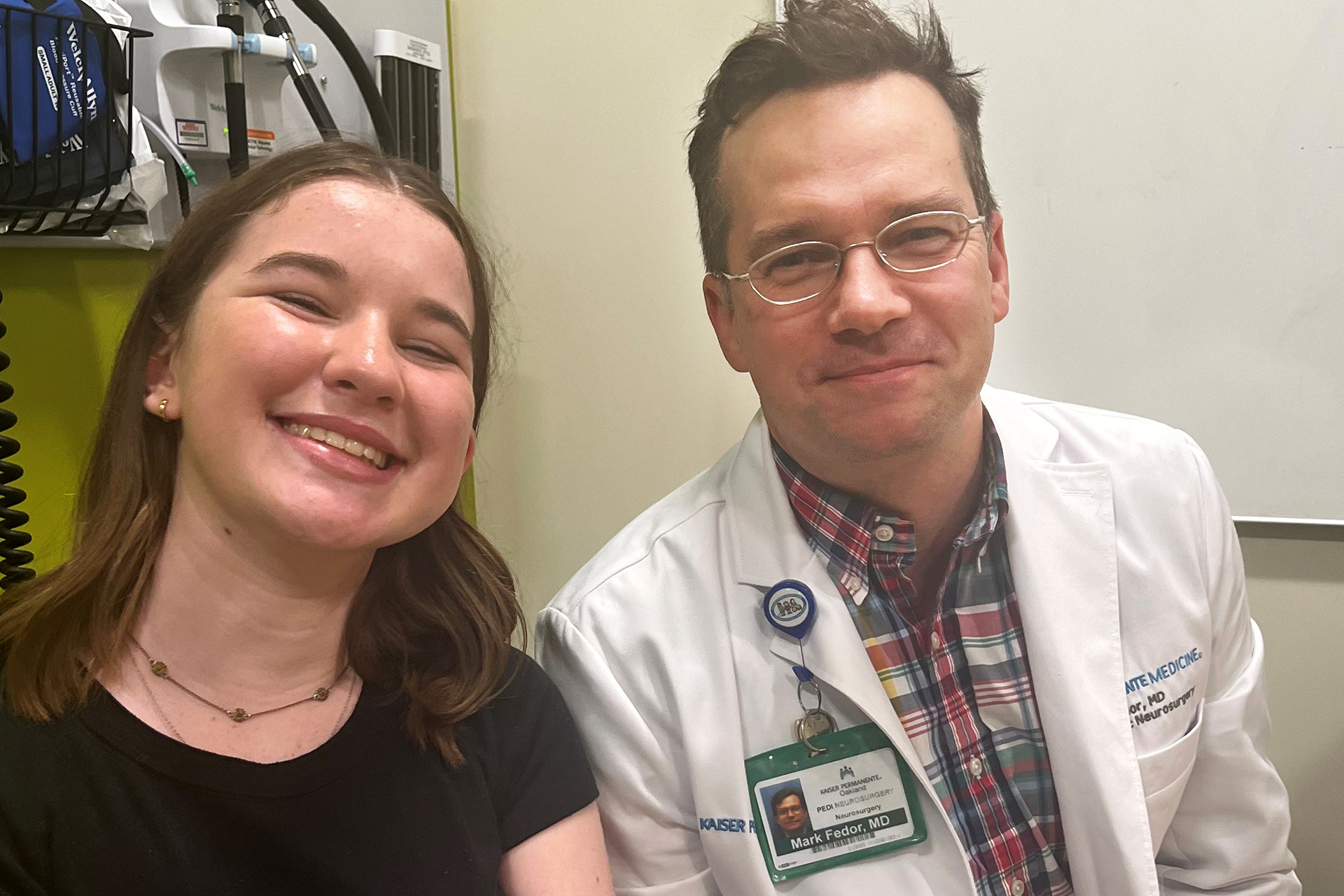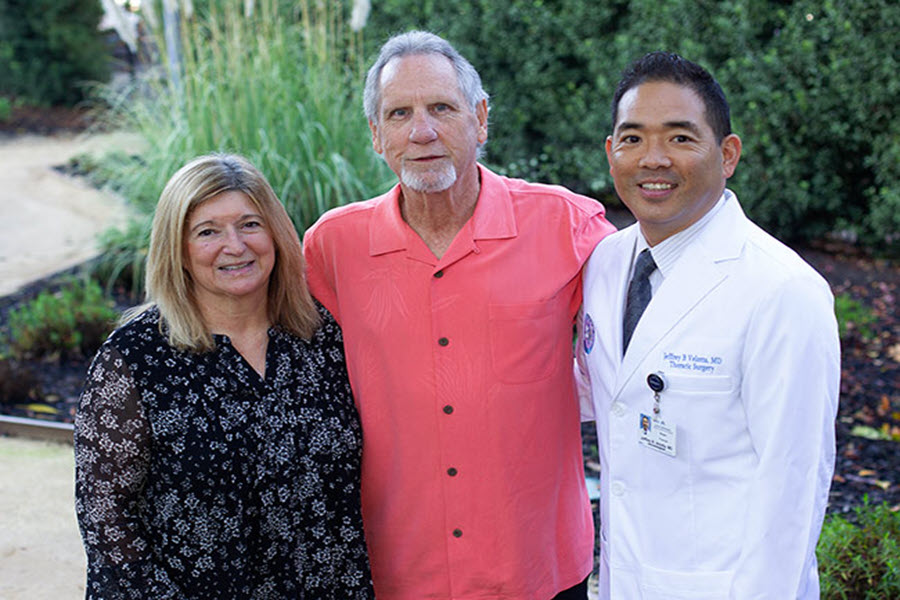San Francisco Business Times – March 10 2017
The continuing shortage of primary care doctors and nurses is drawing attention to another group of health care workers: Medical assistants.
Research from UCSF’s Healthforce Center suggests practices that redefined their medical assistant roles saw greater efficiency in patient visits and reduced spending. The practices were able to save money as they saw more patients per provider hour and kept more people out of emergency rooms and urgent care.
Most regions in California are dealing with a severe shortage of primary care providers, and the problem will worsen in the next decade as older providers retire, the aging population grows and coverage expands through health-care reform. Only the Bay Area and Sacramento regions meet the minimum recommendation of providers to patients in an area.
“Medical assistant” can cover a range of job duties. They are much cheaper and faster to train than doctors, and expanding their job responsibilities frees up doctors for other tasks as hospitals and medical offices juggle more primary care demands.
Many associate degrees and training programs can be completed within a year or two. More practices and training programs have their medical assistants take on health coaching, care coordinator and health information technology duties as the job has evolved.
Next month, Kaiser Permanente’s School of Allied Health Services in Richmond will start a new medical assistant training program, offering a 50 percent tuition discount for its first class. After 15 months, students would also get loan forgiveness if they are still working at Kaiser. Kaiser in Northern California has more than 300 openings for medical assistants.
Dr. Phil Madvig, associate executive director at The Permanente Medical Group, says medical assistants help with patient calls and providing personalized care to help with the workflow at their offices.
“They work in collaboration with our doctors and nurses, freeing up our clinicians to focus on the work they are trained for,” Madvig told the Business Times.
Stanford Health Care employs about 120 medical assistants in primary care, and the system has been looking to hire more allied health professionals, from nurse practitioners to physical therapists, said Lynda Wolfe, director of employer-based primary care clinics at Stanford Health Care.
“These additional team members are able to focus on individuals who benefit with specific attention and has proven to improve outcomes,” Wolfe said. “Many of these team members have had more bandwidth to reach out to patients and develop a rapport that has in many cases resulted in greater compliance.”
Medical assistants often work closest to patients as the first point of contact, and many are being trained in interviewing and health-coaching skills. Preventative care and wellness help keep people out of doctor’s offices, which can save health organizations money in the end. Stanford pairs doctors with an assistant who takes notes during visits so that patients can talk to a doctor without interruption.
Medical assistants continue to be one of the fastest-growing occupations in the country. The Bureau of Labor Statistics estimates the economy will add about 138,900 new medical assistant jobs within the next decade, and it is growing faster than the average rate of other health care support jobs.
This story originally ran in the San Francisco Business Times.






